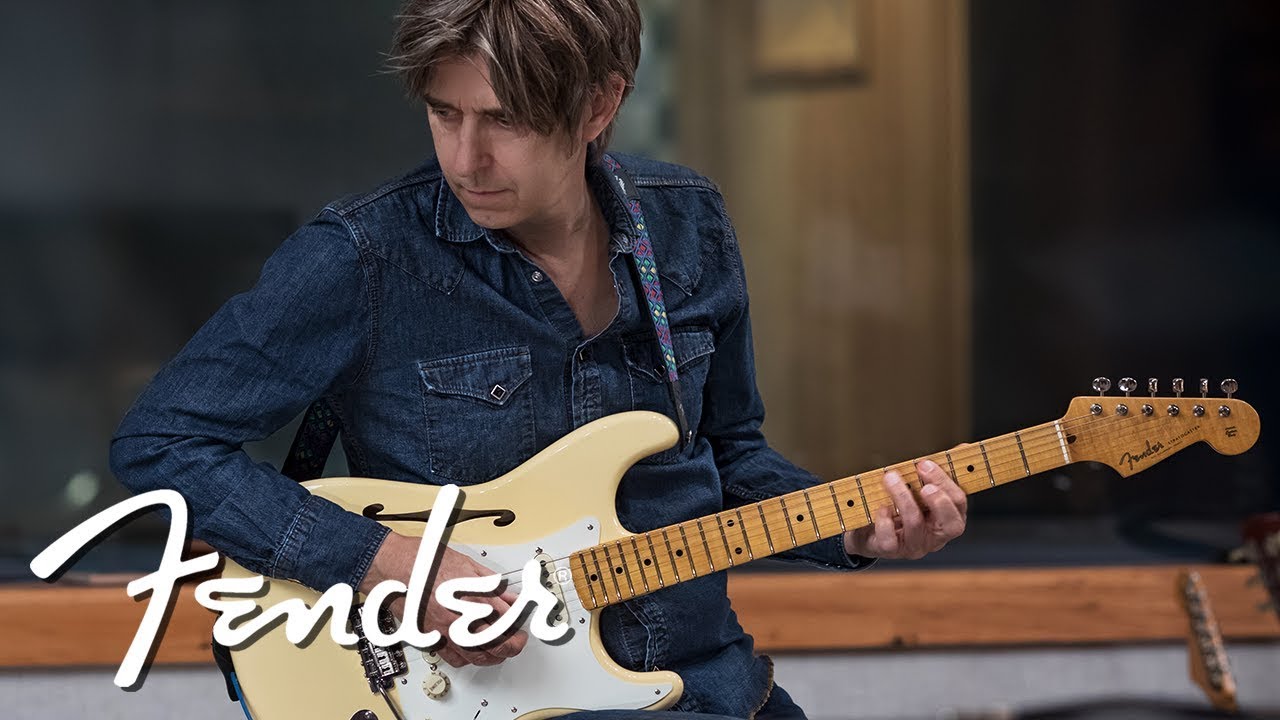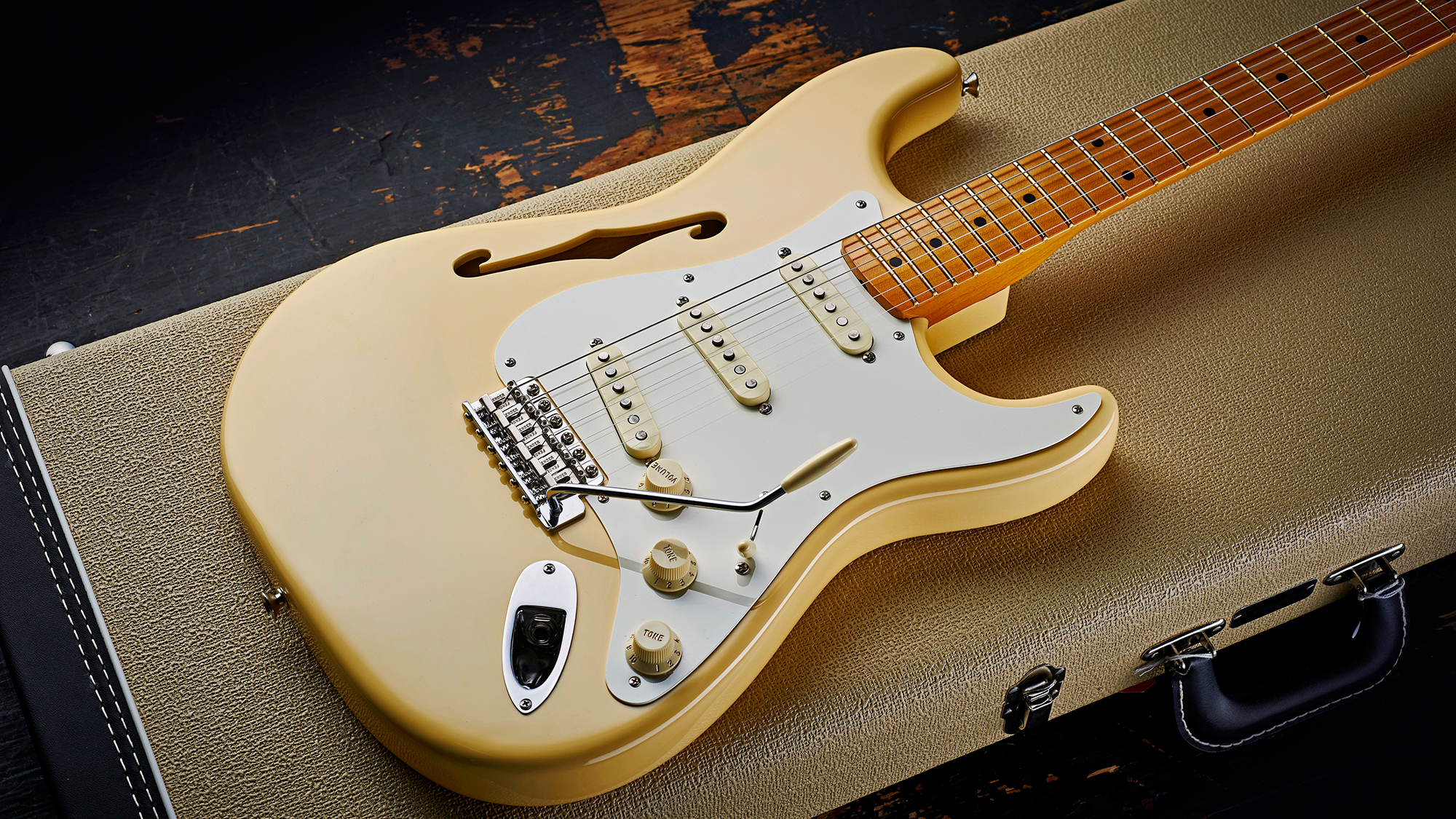When Fender unveiled the Eric Johnson Thinline Stratocaster back in 2018, it made history as the firm’s first-ever semi-hollow Strat to feature a custom-chambered design with traditional arm and body contours – but despite its game-changing nature, it turns out not a whole lot of thought went into its creation.
At least, there wasn’t from Johnson himself, who admits in the new issue of Guitarist that his history-making signature guitar was the result of some rather cursory experimentation with the f-hole idea.
In fact, as the electric guitar virtuoso recalls, he and Fender ran with the first successful concept they created. However, if he were ever to do another semi-hollow signature, Johnson says he’d take a different approach – and would look to one of Fender’s main rivals for inspiration.
“I didn’t do a ton of exploration on the f-hole Strat idea,” he recalls. “We came up with one concept and it worked pretty well, but it would be interesting to try a bunch of different construction techniques because I think there’s a lot of room in there to explore that more.
“But there are so many different ways you can achieve a hollowbody guitar. We did it where we took a solidbody guitar, sawed the top off, hollowed it out and put the top back on.
“If I had to do it again, I might do it completely differently – maybe do it more like a (Gibson ES-) 335 or something.”

The Thinline Stratocaster design has remained a rarity in the regular Fender lineup, though has sporadically been reimagined under a variety of guises, most recently in the form of the Suona line from 2023.
But it wasn’t just the f-hole that made Johnson’s signature stand out. Instead, the blues rock guitar hero sought a number of specs that would set his own Strat apart from the rest of the crop.
“I wanted a certain kind of neck profile and I wanted a tone control on the bridge pickup so that I could even it out with the neck pickup,” Johnson says of his initial design brief.
“I wanted the fingerboard kind of flat with big frets, and I wanted a quarter-sawn maple neck for stability. I just wanted it to sound good, you know?

“On the early models that I’ve done – there are two models that I do with Fender – one has a copy of an old Strat pickup but a little bit more powerful. And then the other specialty Strat I have out, the (Stories Collection 1954) Virginia model, has a DiMarzio HS-2 in the bridge, but I don’t hook up the bottom coil.
“I just use the top single coil only and it is significantly hotter than a regular vintage Strat pickup, and that’s why I like it.”
Head over to Magazines Direct to pick up the latest issue of Guitaristwhich features interviews with Brian May, Rosanne Cash and more.
GIPHY App Key not set. Please check settings